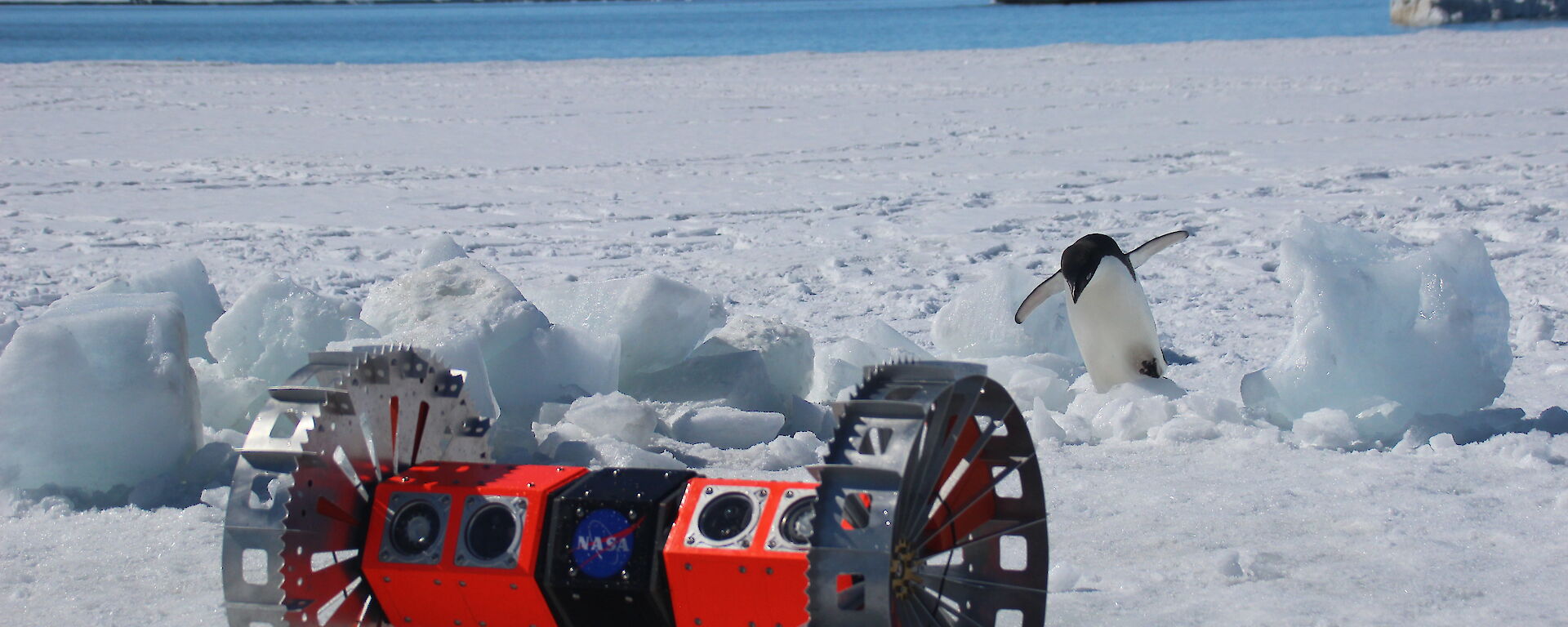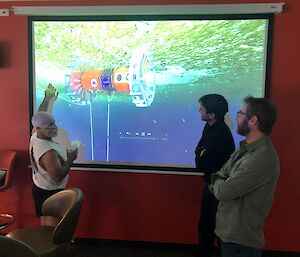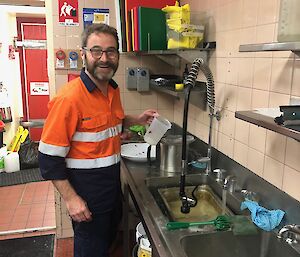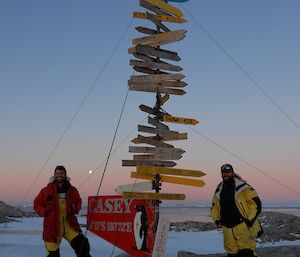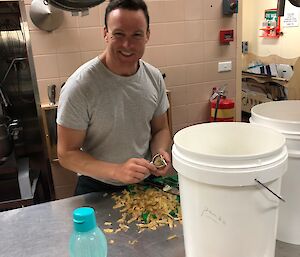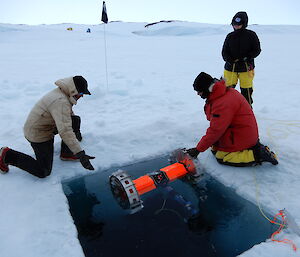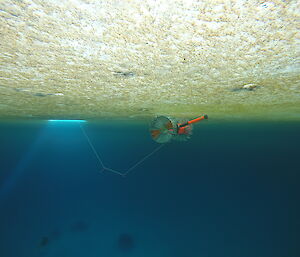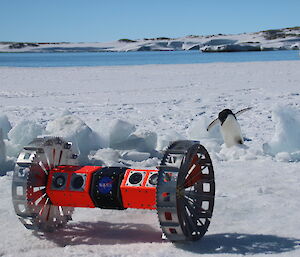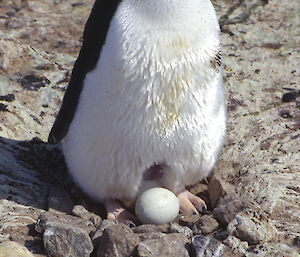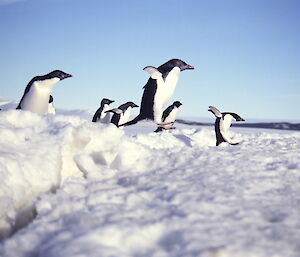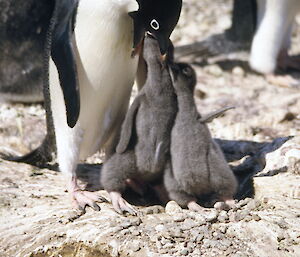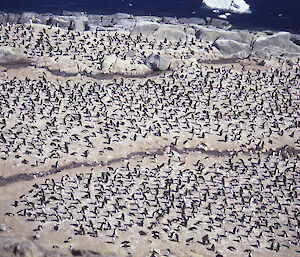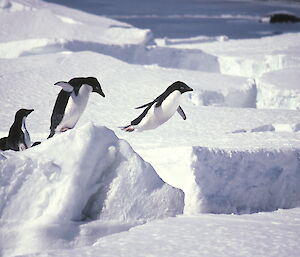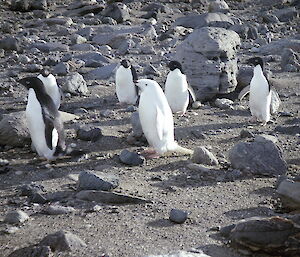One NASA project out the door with another to arrive, this time from the NASA Jet Propulsion Laboratory with us to test their robot named BRUIE (Buoyant Rover Under-Ice Exploration). This technology is being developed to find aliens, hopefully on Europa, one of Jupiter’s many moons. I won’t go into the technical aspects of either the robot or the science, as I run the risk of Kevin, Andy, Dan or Dan having to correct me (these guys are smart, really smart).
The team quickly got to work putting things together to deploy into the field. At times BRUIE was completely disassembled and didn’t look all that waterproof, but we had faith. We identified a number of secret locations to deploy and begin testing, after hours of cutting the perfect hole in the ice. BRUIE spent many hours under the ice testing, adjusting, testing, modifying and testing some more, at times visited by penguins and even sleeping overnight under the ice in O'Brien’s Bay.
This was a hugely successful expedition for the team which also had a positive influence on the station as a whole. They were a great asset to the community and really made us feel a part of their team in the larger sense of the project (i.e. to find aliens on Europa). Along with BRUIE, the team also had with them what Ali (Station Leader) aptly named “Minder Bot,” a small Remotely Operated Vehicle to keep an eye on what was happening under the surface. This was a valuable tool for the project but also fun for us to have a play with.
As the team were blessed with some incredible weather, their expectations of what they could achieve was exceeded, so we did what comes naturally, we put them to work in the kitchen.
Nick Watt, Casey Operations Coordinator

